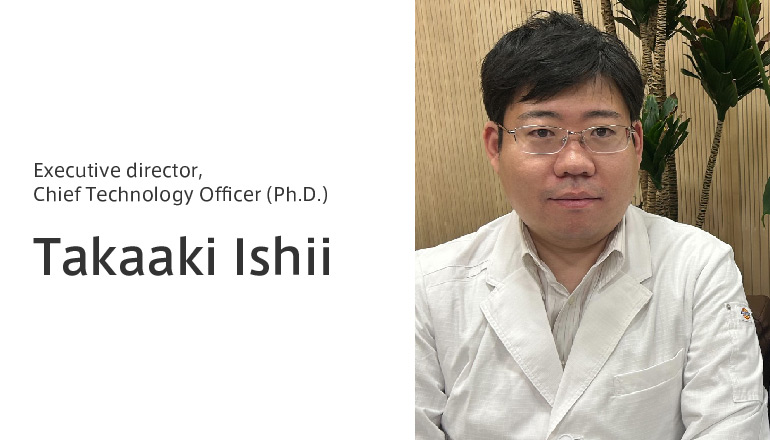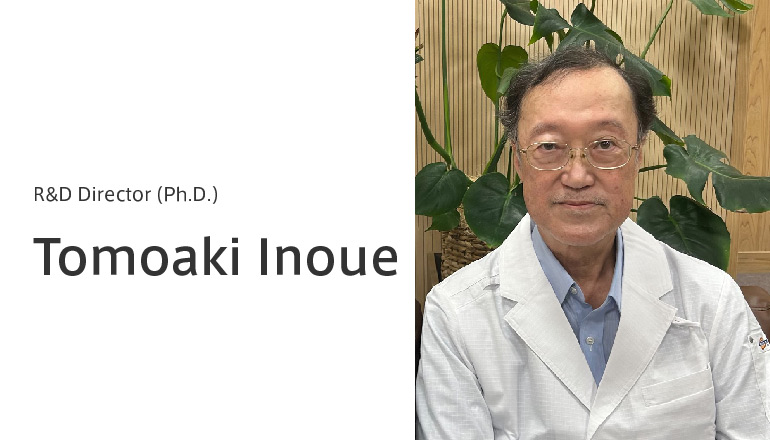
| Name | Executive director, Chief Technology Officer (Ph.D.) Takaaki Ishii |
|---|---|
| Introduction of researchers | Department of Applied Life Science, Faculty of Biology, Graduate school of Engineering, Sojo University, Doctor Course. Division of Advanced Science and Biotechnology, Graduate School of Engineering, Osaka University. Bio Process Systems Engineering, Graduate School of Engineering, Osaka University, Project Researcher (full time). Start-up Cell Processing Center, Management and Education. |
| Activities in Academic Societies and Society. | Member of the Japanese Society for Alternative Methods in Animal Experiments. Member of the Japanese Society for Regenerative Medicine. Member of the Japanese Society for Chemical Engineering. |
| Publications and Patents. |
|

| Name | R&D Director (Ph.D.) Tomoaki Inoue |
|---|---|
| Introduction of researchers |
Department of Biology, Faculty of Science, Kyushu University Hoffman-La Roche Inc. (USA), Investigative Toxicology Principal Scientist, Department of Toxicology, Nippon Roche Co., Ltd. Later, merged with Chugai Pharmaceutical Co., Ltd. |
| Activities in Academic Societies and Society. | Director of the Japanese Society of Immunotoxicology, Councilor (Former Director) of the Japanese Society for Alternatives to Animal Experiments Councilor of the Japanese Society of Toxicology Member of the Testing Method Evaluation Committee in National Institutes of Health Sciences (Validation Management Team Member) Leader of the Hepatocyte Team in the Consortium for Safety Assessment using Human iPS Cells |
| Publications and Patents. |
|
